This article delves into 23 iconic paintings, masterpieces recognized globally for their artistic and historical significance. From Leonardo da Vinci’s “Mona Lisa” to Vincent van Gogh’s “Starry Night,” these works epitomize the pinnacle of artistic achievement. They not only reflect the genius of their creators but also continue to inspire and captivate audiences worldwide.
Mona Lisa by Leonardo da Vinci
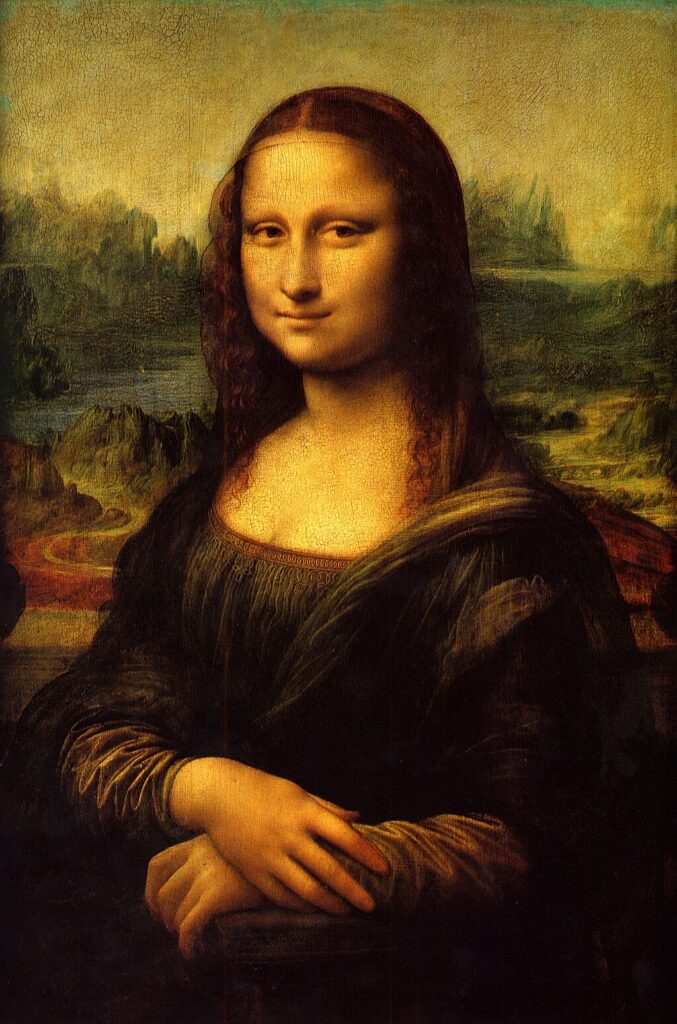
The “Mona Lisa” is arguably the most famous painting in the world, celebrated for its enigmatic smile and sophisticated use of sfumato, a technique that offers a soft transition between colors, mimicking an optical illusion. Painted in the early 16th century, this masterpiece is a prime example of Renaissance portraiture, showcasing Leonardo’s skill in capturing human psychology and subtle gradations of light and shade.
Starry Night by Vincent van Gogh
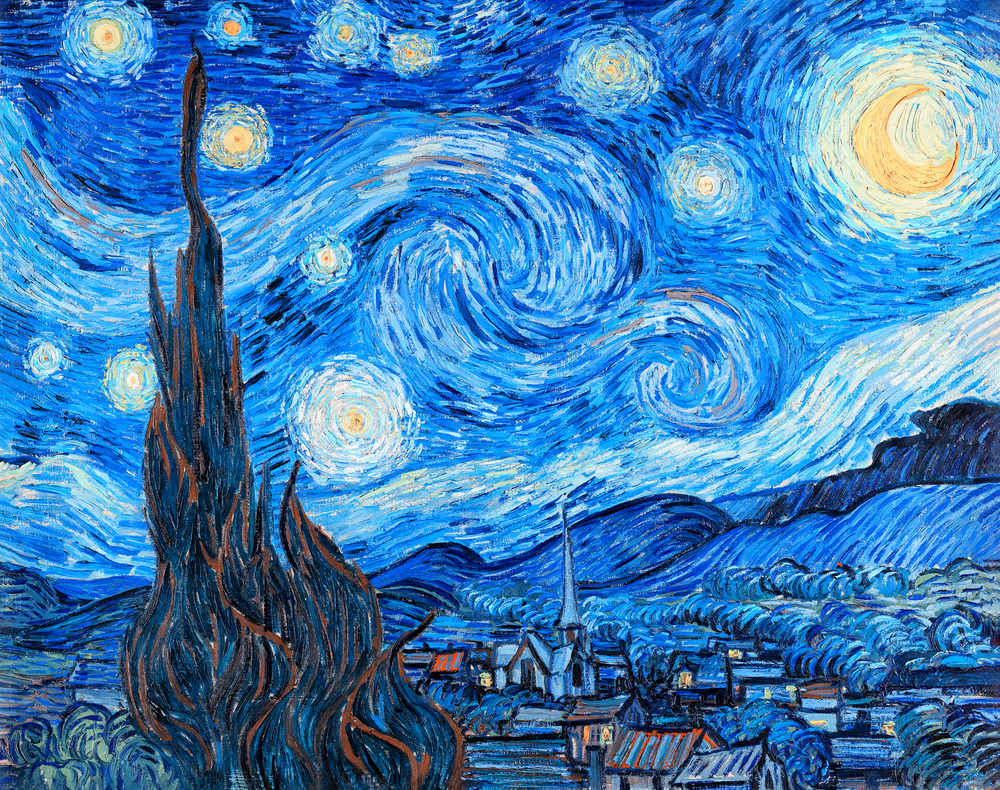
“Starry Night” is a masterpiece of modern art, painted in 1889. Van Gogh’s use of swirling, vivid colors and emotional depth creates a dynamic and moving night sky. This post-impressionist work is renowned for its thick brushstrokes, symbolic content, and striking color palette, which convey the turbulence of the artist’s mental state and the beauty of the nocturnal landscape.
The Last Supper by Leonardo da Vinci
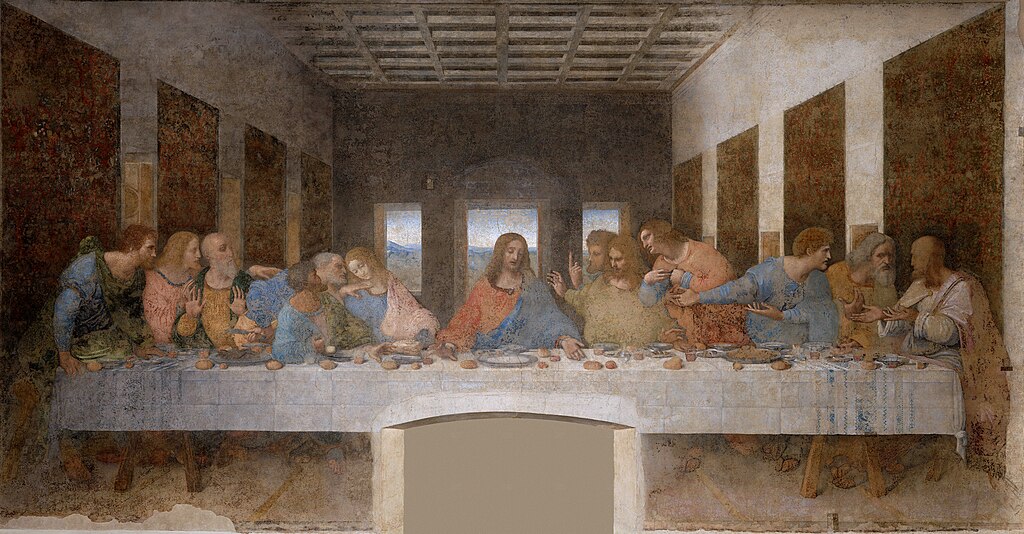
This 15th-century mural captures the dramatic moment of Jesus announcing his betrayal by one of his apostles. Leonardo’s mastery in composition, perspective, and human emotion makes this painting a cornerstone of Renaissance art. The use of linear perspective draws the viewer’s eye to the central point of Christ, highlighting the narrative and emotional intensity of the scene.
The Scream by Edvard Munch
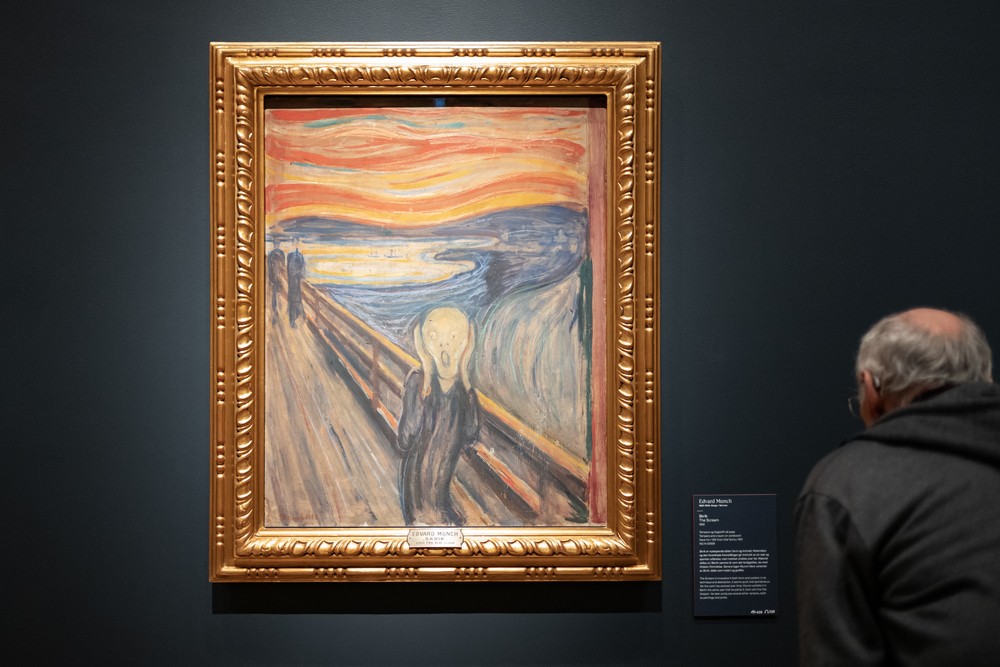
Painted in 1893, “The Scream” is an icon of existential anguish and a preeminent work of Expressionism. Munch captures the universal anxiety of the human condition through the figure’s agonized expression and the undulating lines of the landscape, using vibrant colors and bold brushwork to evoke a sense of alarm and disorientation.
Guernica by Pablo Picasso
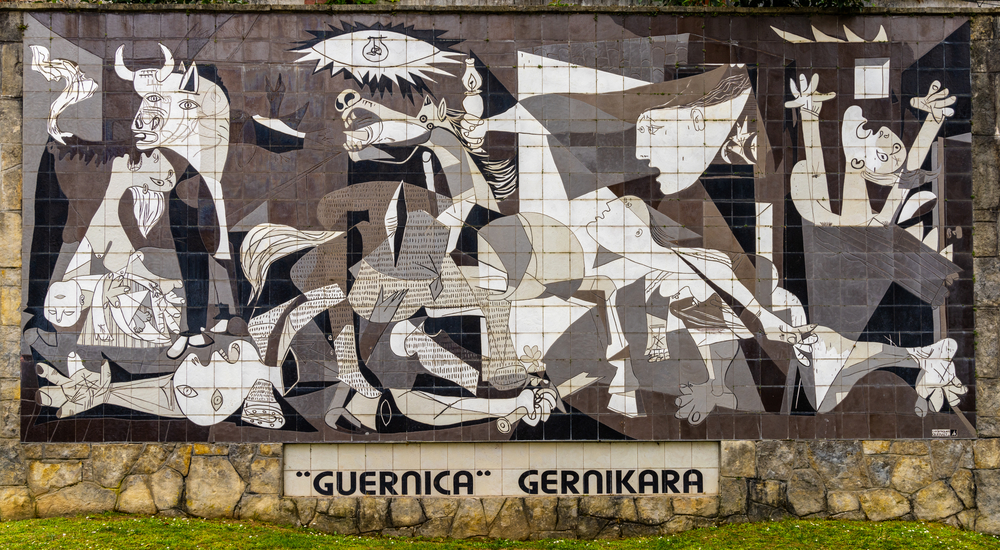
Picasso’s “Guernica” (1937) is a powerful anti-war statement, depicting the brutal impact of the bombing of Guernica during the Spanish Civil War. Its monumental scale, monochromatic palette, and fragmented figures express the chaos and suffering of war, making it a seminal work of 20th-century art and a poignant symbol of anti-fascist sentiment.
The Birth of Venus by Sandro Botticelli
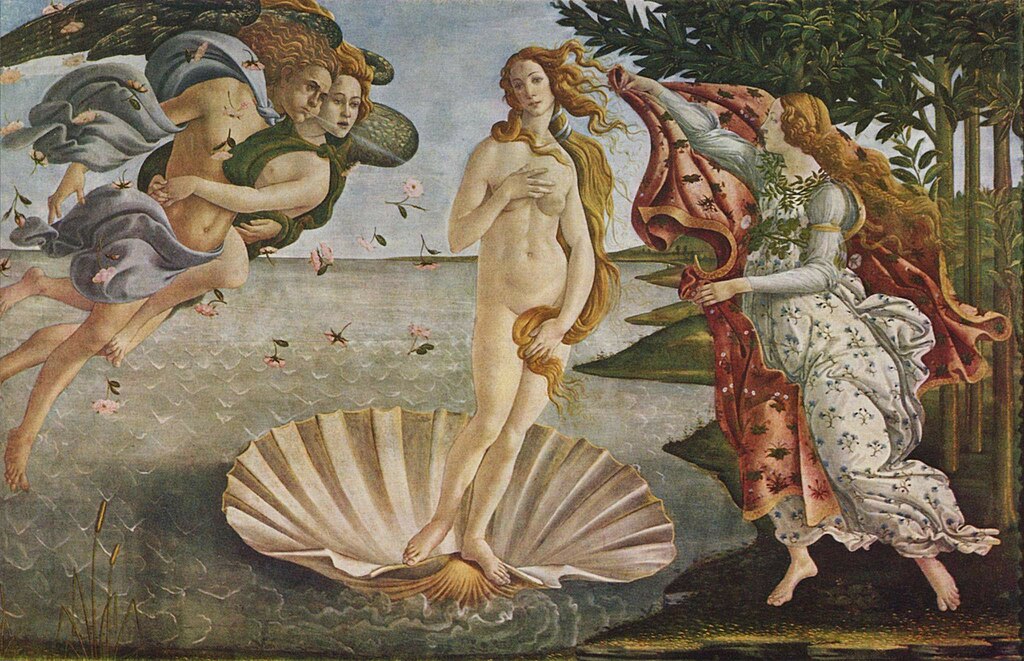
This early Renaissance masterpiece, painted in the mid-1480s, depicts the goddess Venus emerging from the sea. Botticelli’s use of line, fluidity, and mythological subject matter exemplifies the humanist ideals of the time, with the painting celebrated for its grace, beauty, and intricate composition.
Girl with a Pearl Earring by Johannes Vermeer
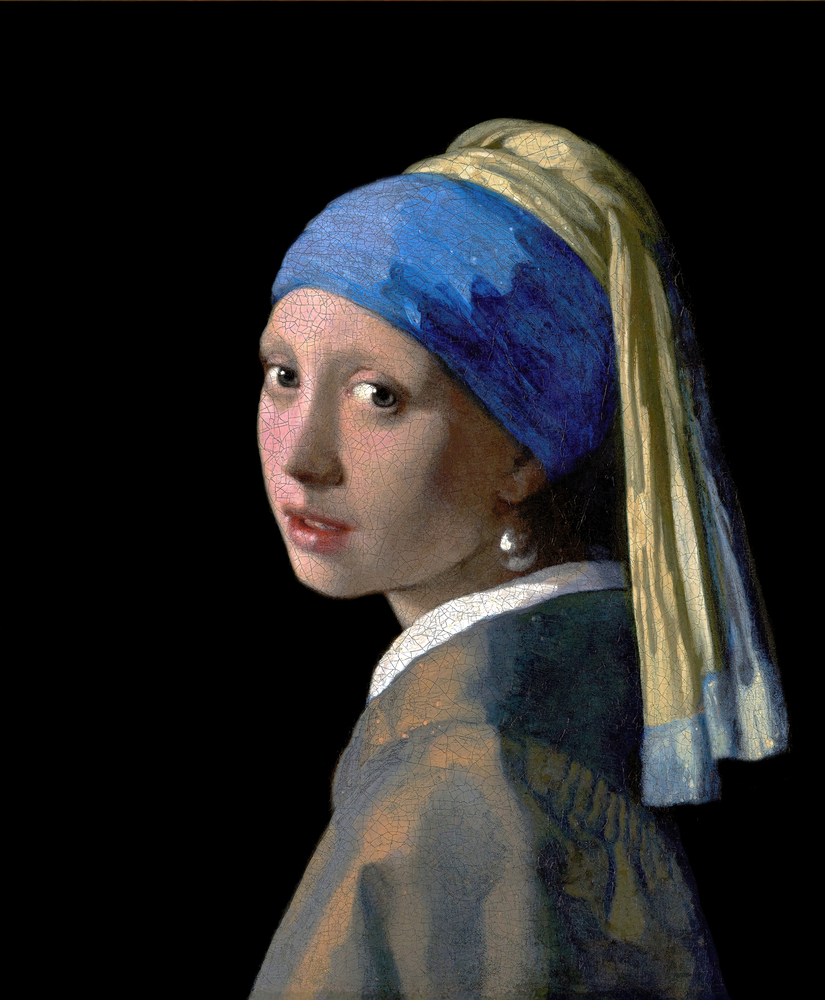
Known as the “Dutch Mona Lisa,” Vermeer’s 17th-century painting is acclaimed for its exquisite detail, use of light, and the enigmatic expression of the girl. This work is a masterclass in the use of light and shadow, with the pearl earring serving as a luminous focal point that draws the viewer into the painting’s intimate and quiet elegance.
The Night Watch by Rembrandt
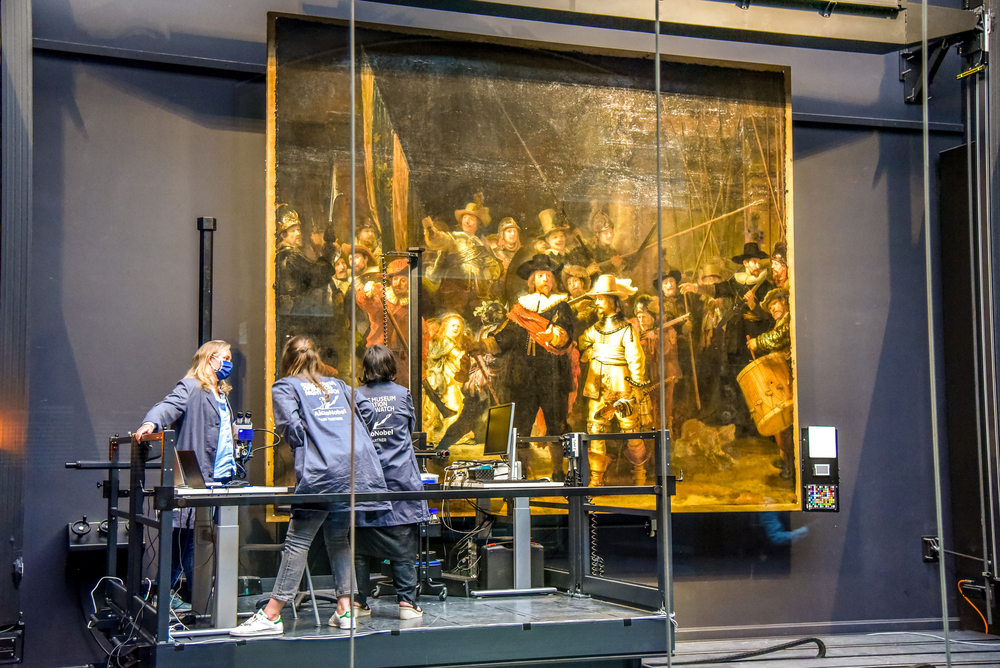
Painted in 1642, “The Night Watch” is famous for its dynamic composition, dramatic use of light and shadow, and depiction of motion. This group portrait, set as a civic militia about to embark, showcases Rembrandt’s skill in creating depth and realism, marking it as a masterpiece of the Dutch Golden Age.
The Persistence of Memory by Salvador Dalí
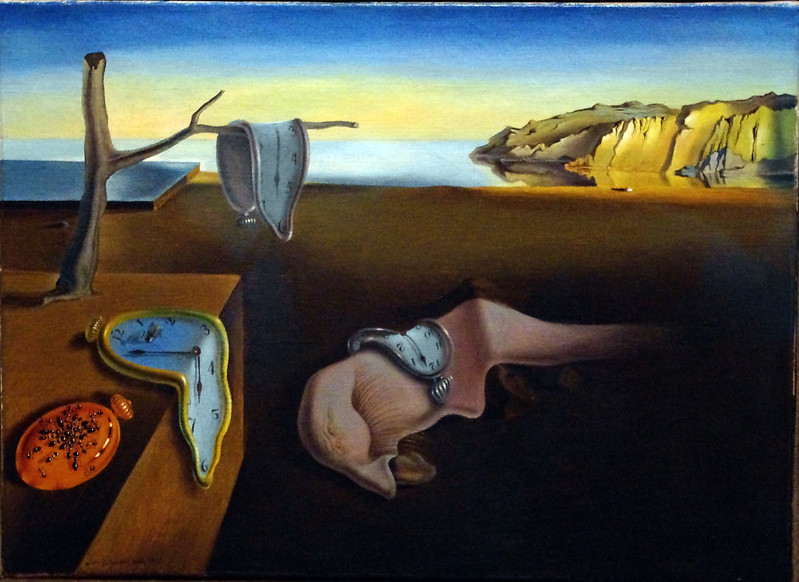
Dalí’s 1931 painting is a hallmark of Surrealism, with its dream-like landscape and melting clocks symbolizing the fluidity of time. The bizarre yet meticulously detailed imagery challenges viewers’ perceptions of reality, making it one of the most recognizable works of surreal art.
The Creation of Adam by Michelangelo
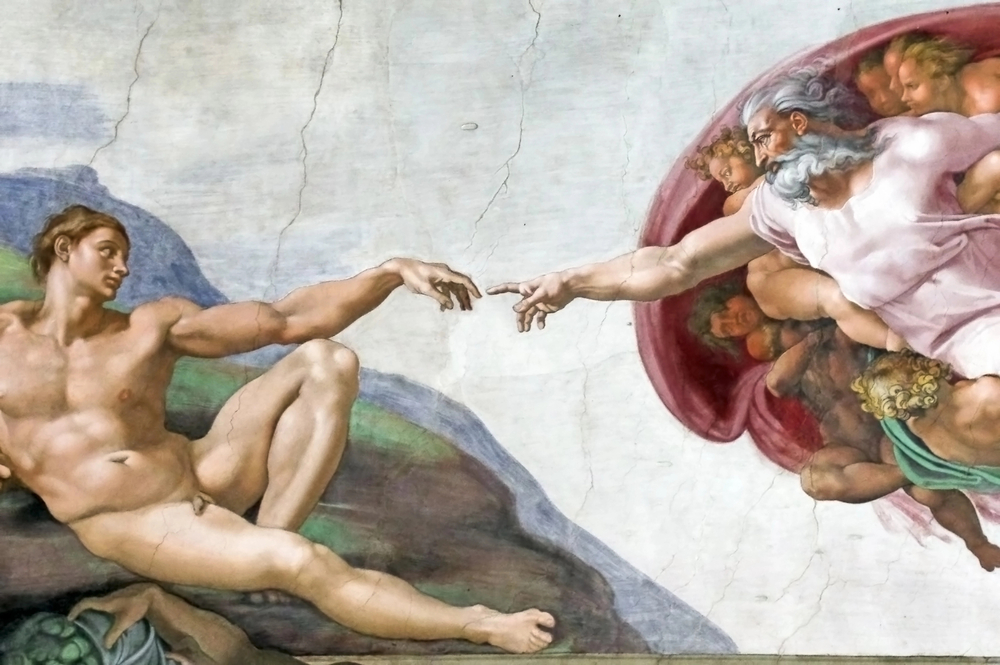
Part of the Sistine Chapel ceiling painted in the early 16th century, this fresco captures the biblical moment of God giving life to Adam. Michelangelo’s use of anatomy, perspective, and dynamic composition illustrates the Renaissance ideals of human beauty and divine interaction, making it a monumental work in art history.
American Gothic by Grant Wood
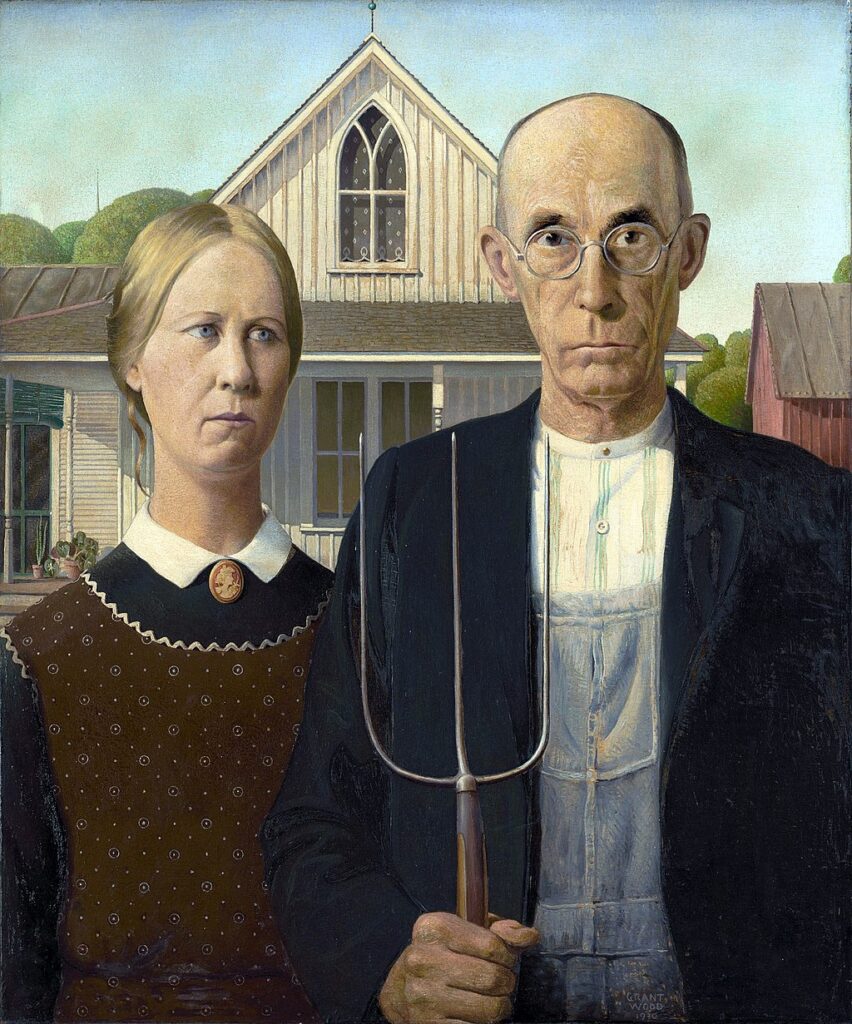
This 1930 painting is a defining image of rural American life, depicting a farmer and his daughter in front of their house. Wood’s style is marked by its detailed realism and symbolic elements, representing the steadfast American pioneer spirit with a hint of satire.
The Garden of Earthly Delights by Hieronymus Bosch
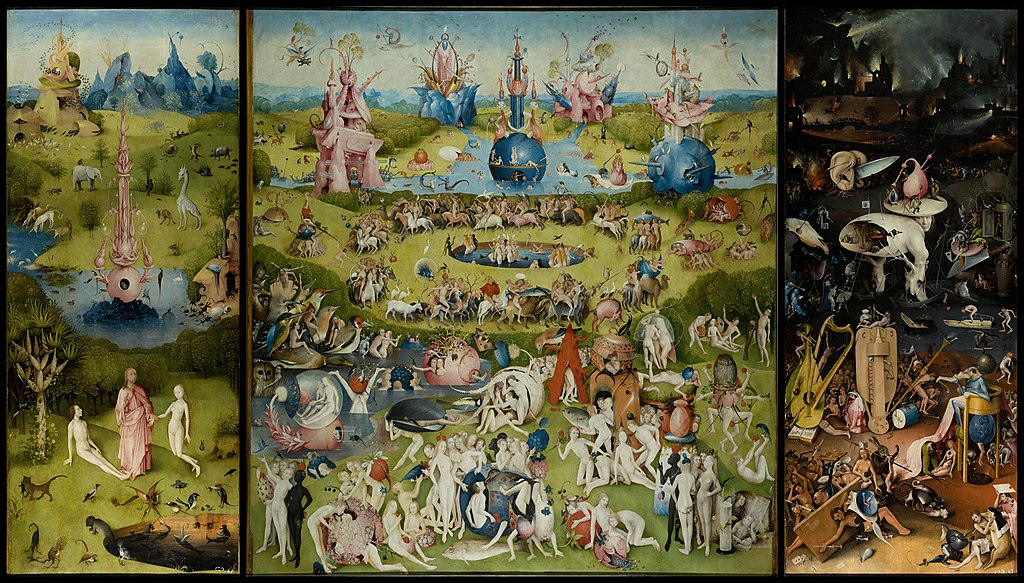
Created in the late 15th or early 16th century, this triptych is a vivid, detailed portrayal of heaven and hell, showcasing Bosch’s unique imagination and intricate detailing. Its fantastical imagery and moral narrative offer a complex, allegorical depiction of medieval and Early Renaissance beliefs.
Las Meninas by Diego Velázquez
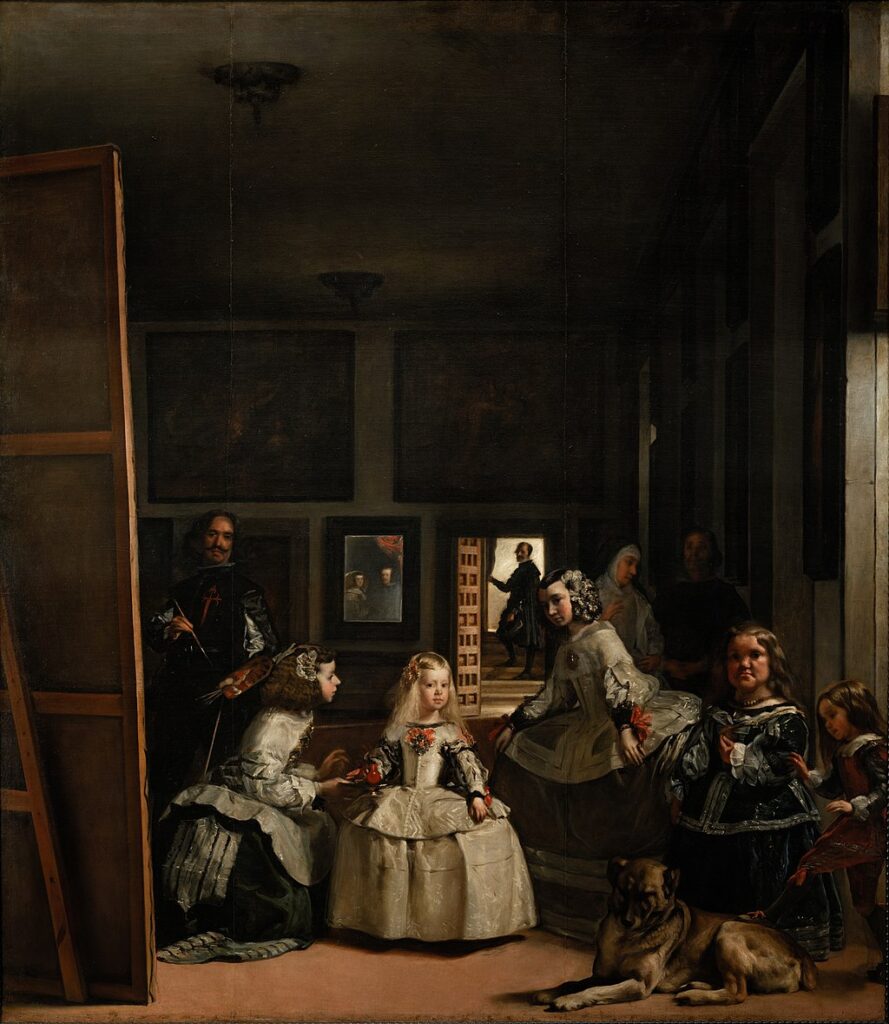
Considered one of the most important paintings of Western art history, “Las Meninas” (1656) offers a complex and enigmatic composition that features the artist himself, the Spanish royal family, and their attendants. Velázquez’s masterful use of perspective, light, and shadow, and his ability to blur the boundaries between reality and illusion, make this painting a profound study of power and representation.
The School of Athens by Raphael
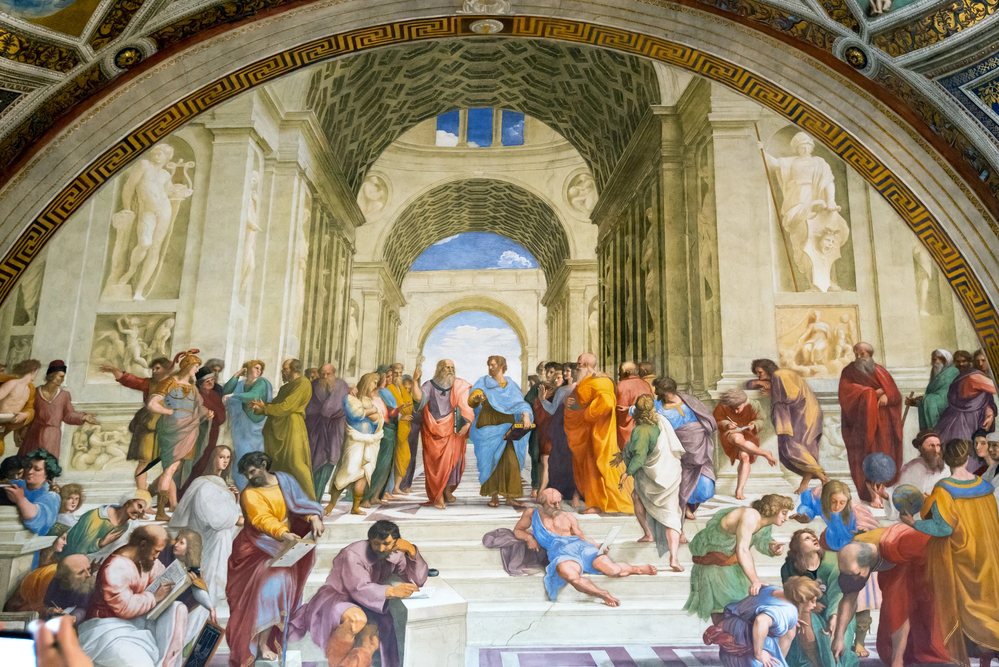
A masterpiece of the High Renaissance, “The School of Athens” (1509-1511) is celebrated for its depiction of classical philosophers in an idealized architectural setting, symbolizing the marriage of art, philosophy, and science. Raphael’s use of perspective, his skill in depicting diverse figures, and the harmony of the composition reflect the humanist ideals of the Renaissance.
Sunflowers by Vincent van Gogh
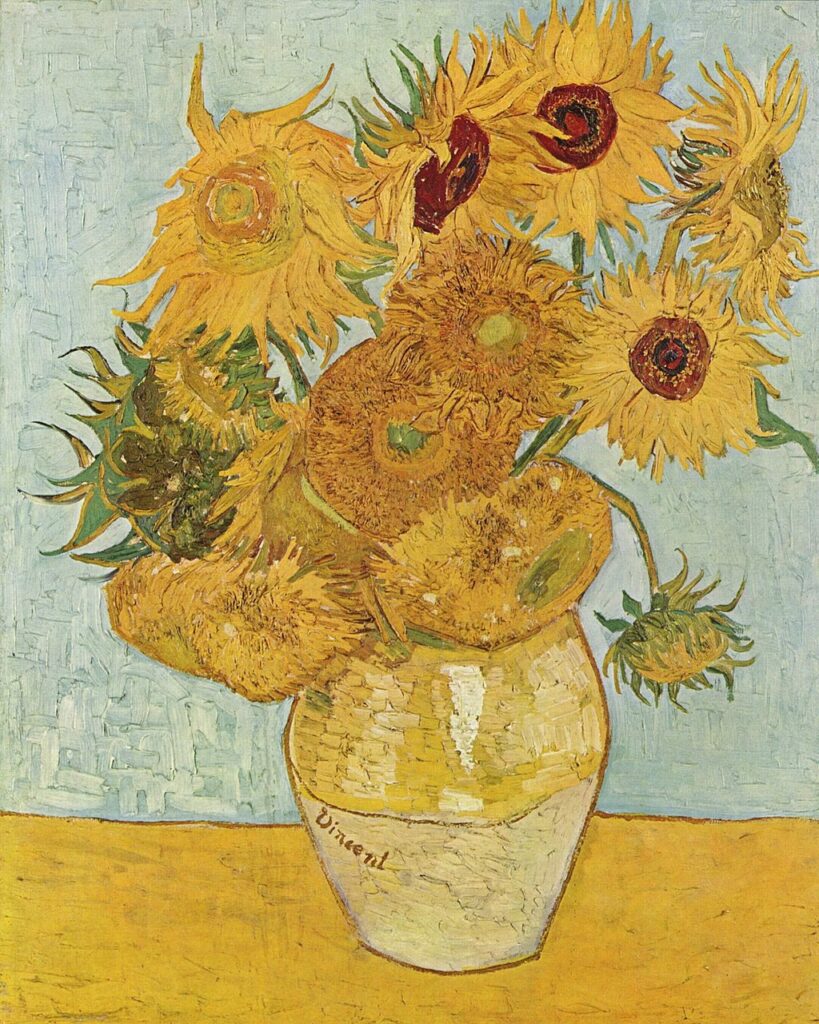
Van Gogh’s “Sunflowers” series, painted in 1888, is renowned for its expressive use of color, texture, and form. These paintings, with their vibrant yellow hues and dynamic brushstrokes, convey the artist’s deep connection to nature and his innovative approach to color and light, making them iconic works in the post-impressionist movement.
The Arnolfini Portrait by Jan van Eyck
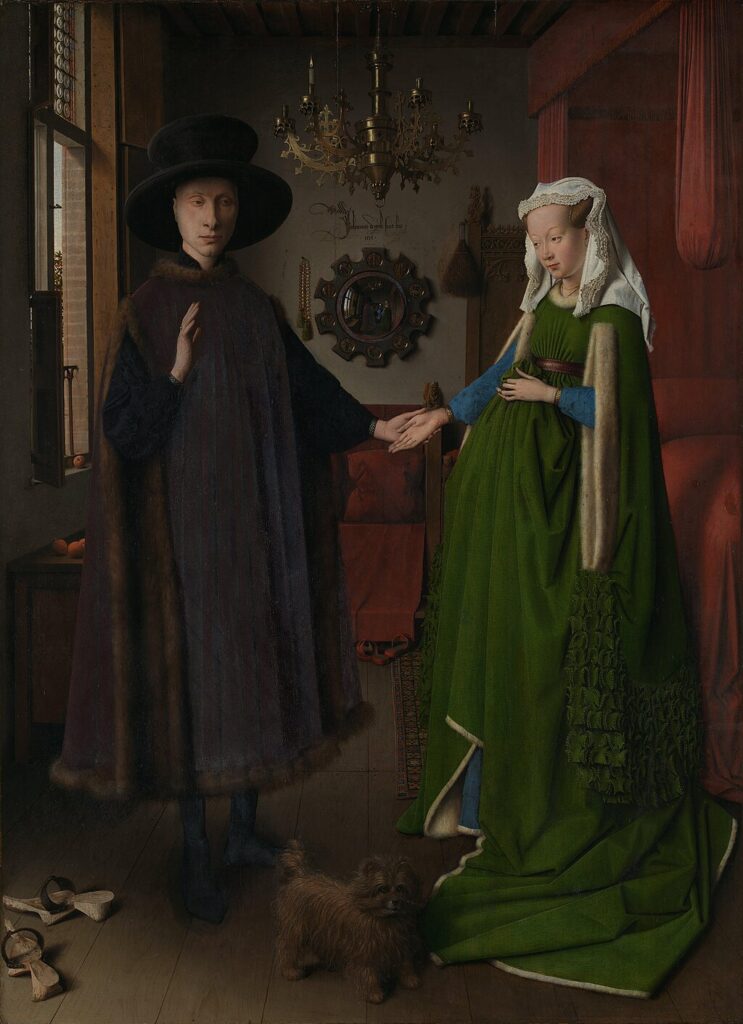
This 1434 painting is a masterpiece of Northern Renaissance art, known for its intricate detail, use of oil paint, and complex iconography. The painting’s portrayal of Giovanni Arnolfini and his wife in their home is laden with symbolism and showcases van Eyck’s skill in creating texture and light, revolutionizing portrait painting.
Water Lilies by Claude Monet
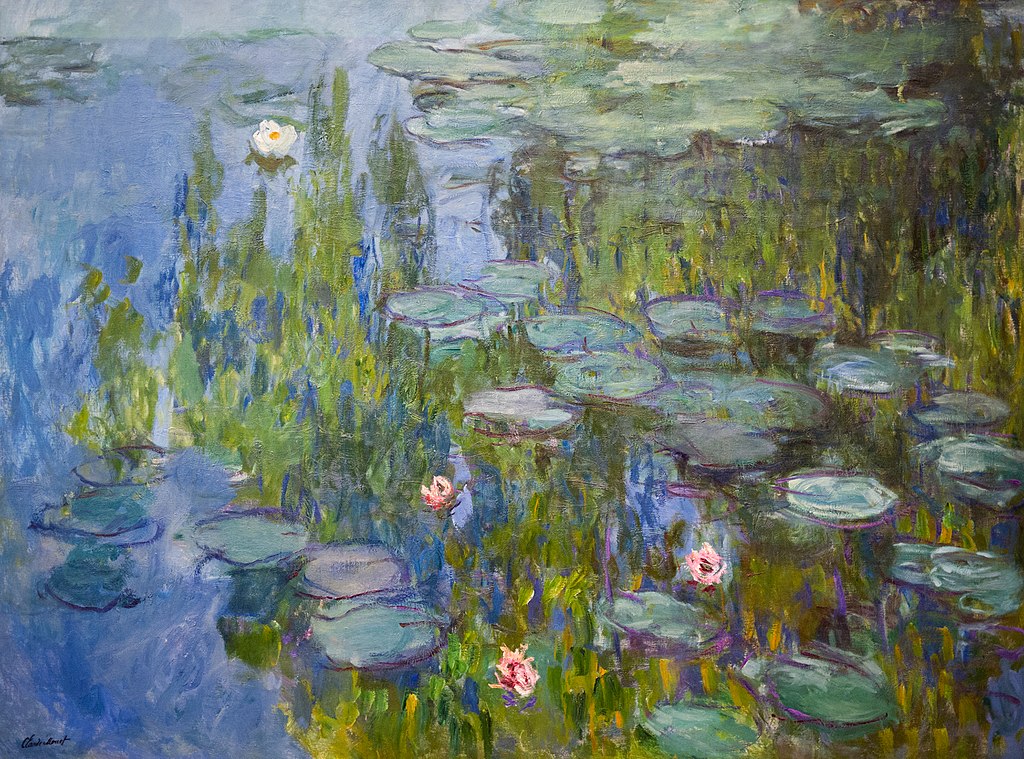
Monet’s series of “Water Lilies,” created between 1896 and 1926, are iconic of Impressionism, capturing the play of light and color in his garden pond at Giverny. These paintings, with their fluid brushwork and attention to the effects of light, reflect Monet’s advanced study of nature and his attempts to capture the transient moments of the natural world.
The Gleaners by Jean-François Millet
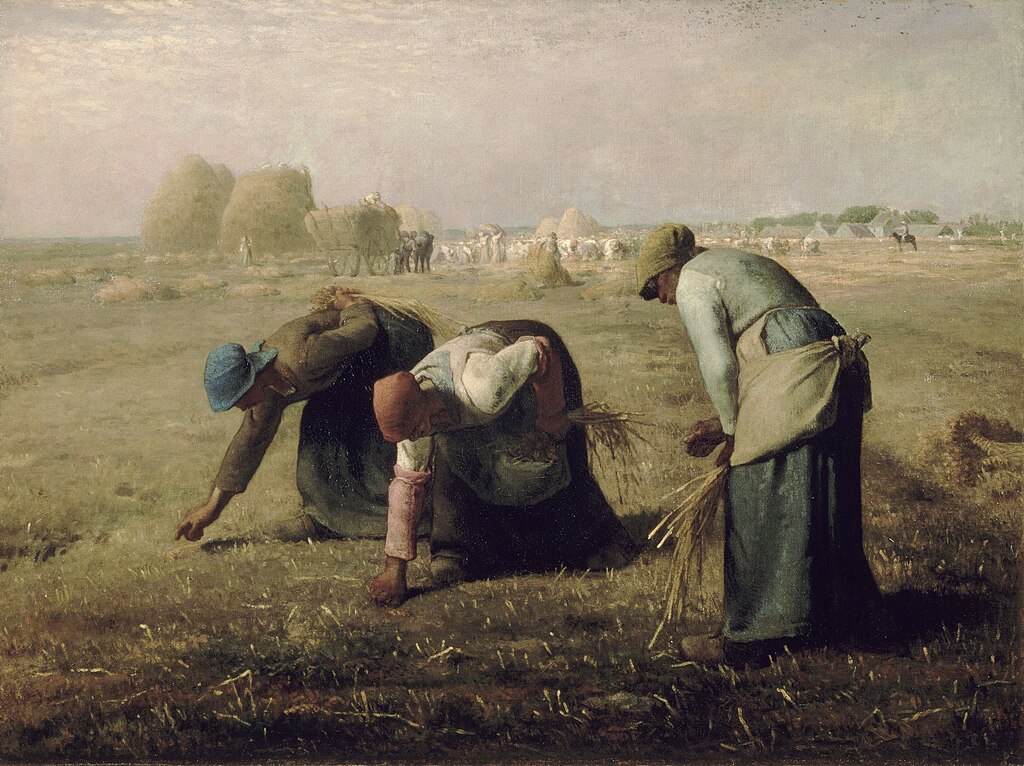
Painted in 1857, “The Gleaners” is a seminal work of social realism, depicting three peasant women gleaning a field of stray grains after the harvest. Millet’s focus on the plight of the rural poor, combined with his subdued palette and empathetic portrayal, highlights the dignity of manual labor and the harsh realities of 19th-century peasant life.
Liberty Leading the People by Eugène Delacroix
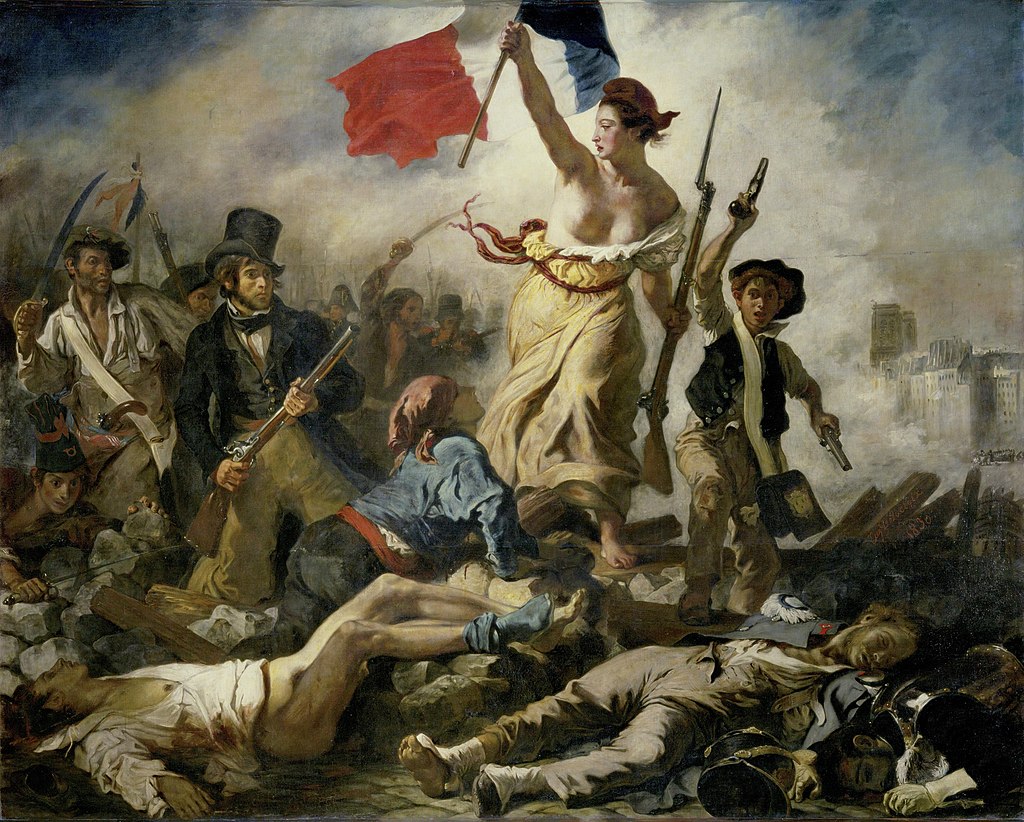
This 1830 painting is a symbol of the French Revolution, depicting a personified Liberty leading the people over the bodies of the fallen. Delacroix’s use of dramatic action, rich color, and intense emotion captures the spirit of revolution and the quest for freedom, making it a key work of Romanticism.
The Third of May 1808 by Francisco Goya
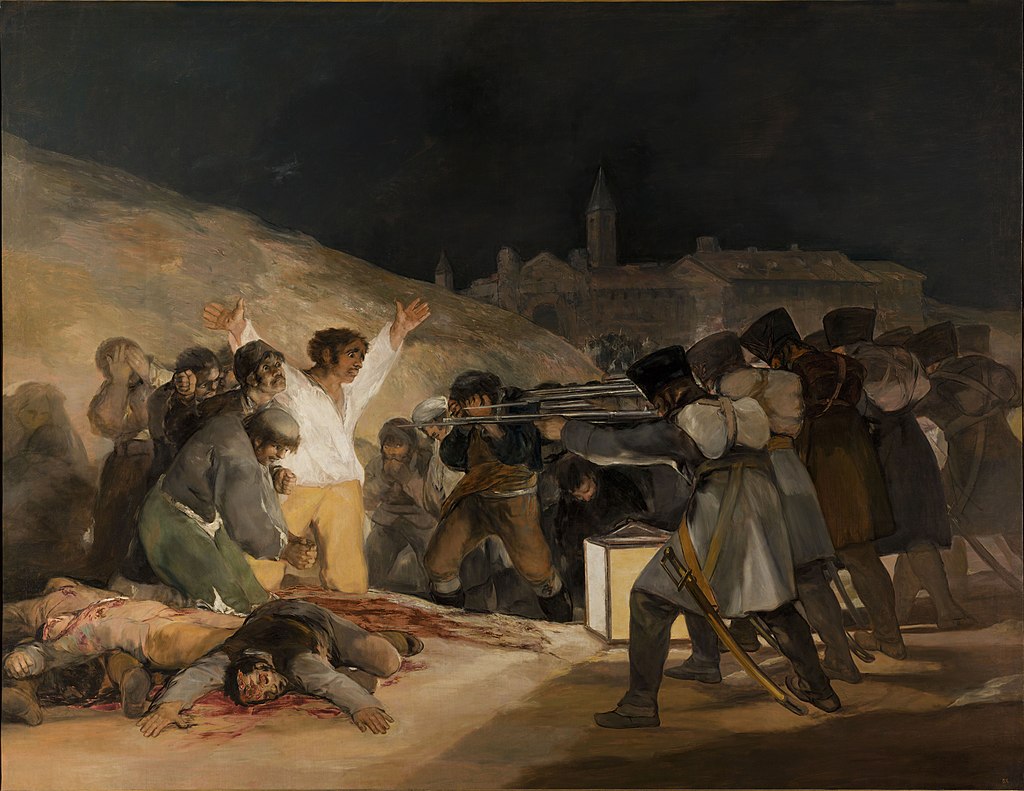
Goya’s painting, created in 1814, depicts the Spanish resistance to Napoleon’s armies and is renowned for its emotional intensity and dramatic use of light. This work is a powerful statement on the horrors of war and is considered a pivotal piece in the development of modern art, influencing the use of social and political themes.
The Hay Wain by John Constable
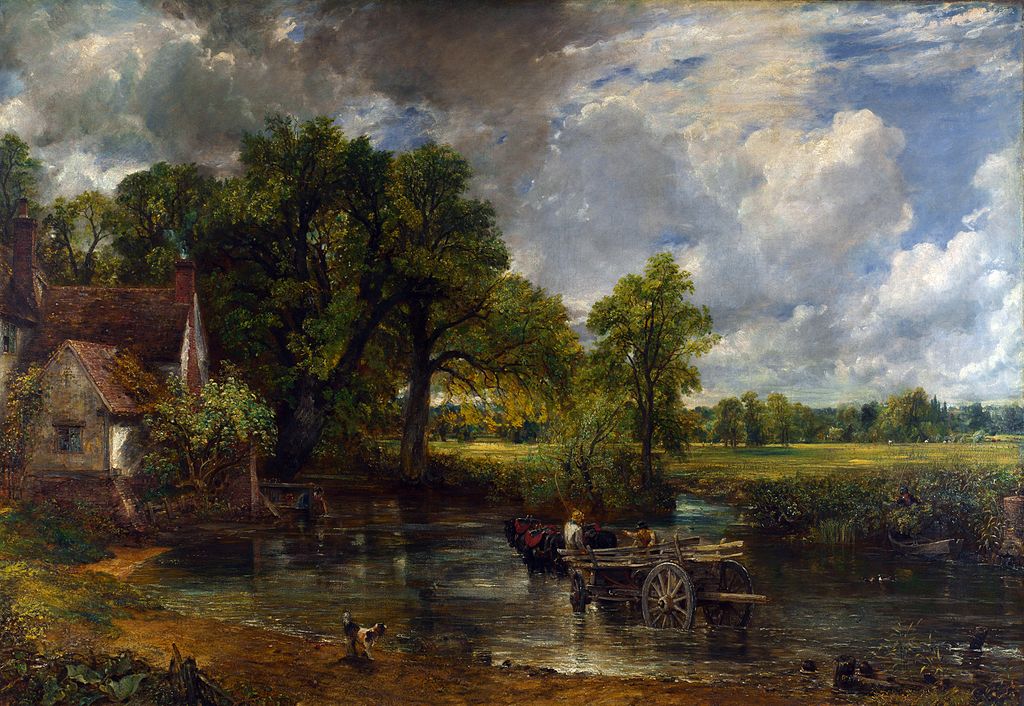
Painted in 1821, “The Hay Wain” is one of the most famous British landscape paintings, known for its depiction of rural life and the beauty of the English countryside. Constable’s attention to natural detail, use of light, and innovative brushwork celebrate the harmony and tranquility of nature, marking a high point in Romantic landscape painting.
This article originally appeared on UnifyCosmos.
More from UnifyCosmos
14 Must-Visit Art Museums Across America
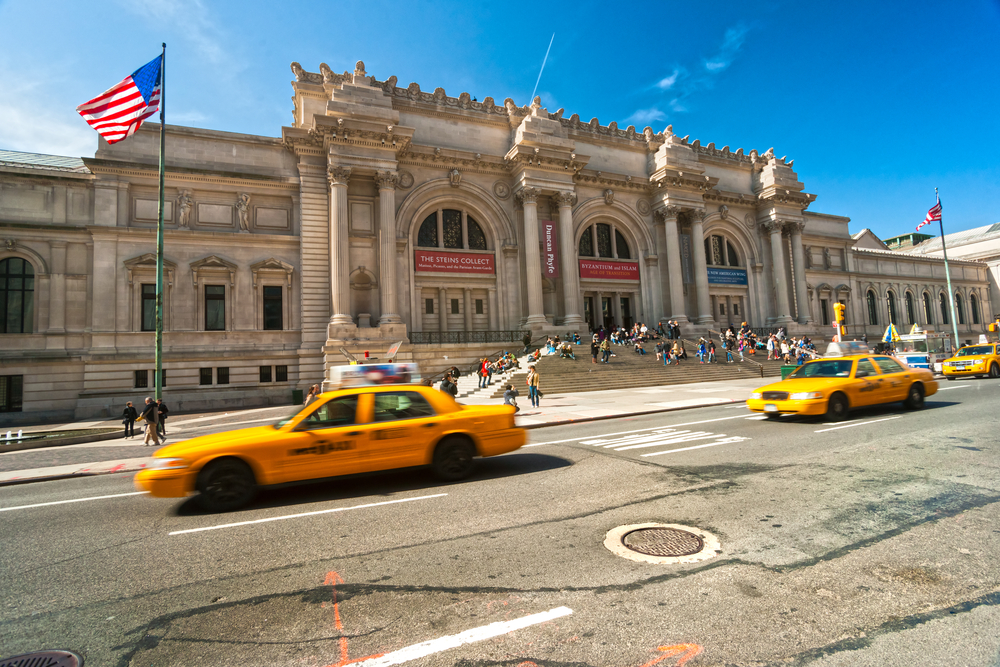
Embark on a journey through American art and culture with these 14 must-see museums. Read more!
16 Must-Try Street Foods From Around the World

Imagine wandering through the bustling streets of a city far from home, where the air is filled with the enticing aromas of delicious foods being cooked right in front of you. Read more!
22 Ways Baby Boomers Become Poor in Retirement

This article explores the key ways in which baby boomers can find themselves struggling financially in retirement, from insufficient savings and the rising cost of healthcare to unexpected expenses and a lack of financial planning. Read more!
Leave a Reply